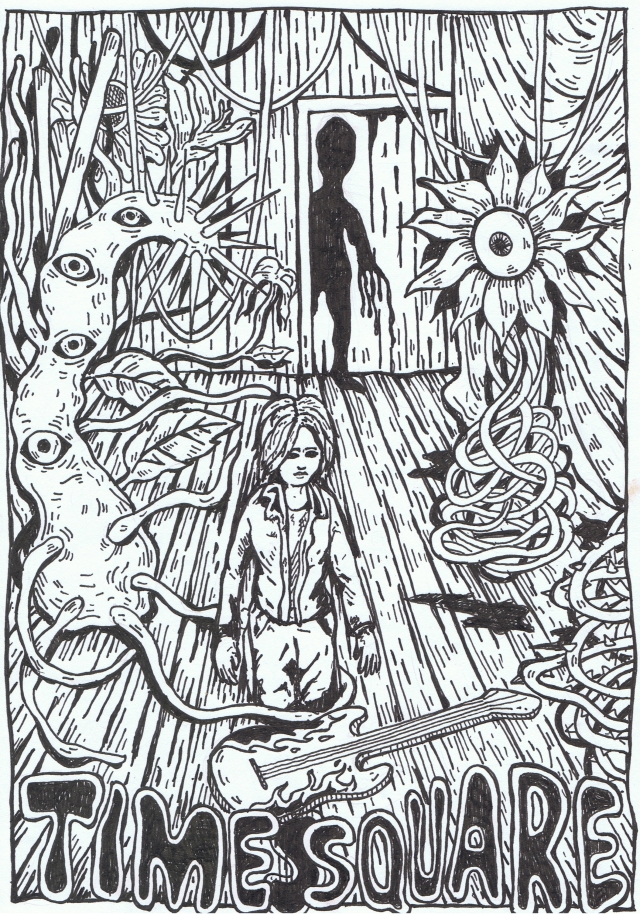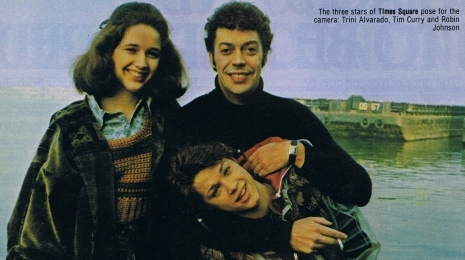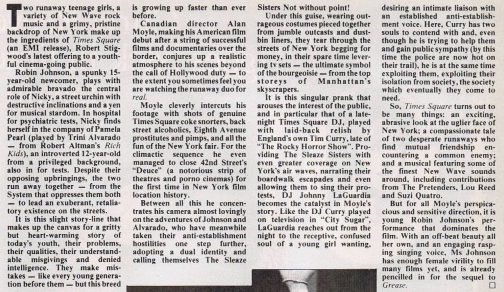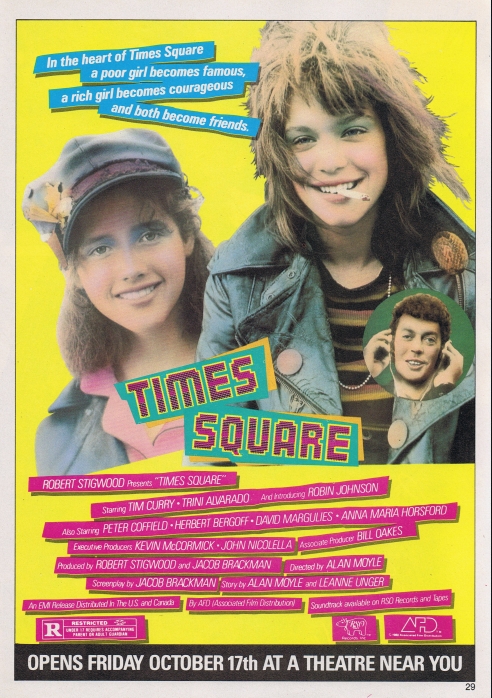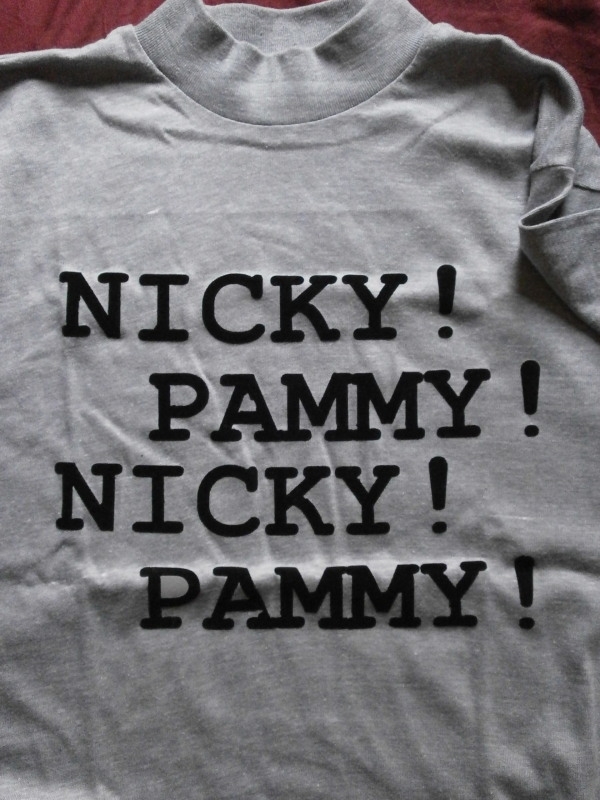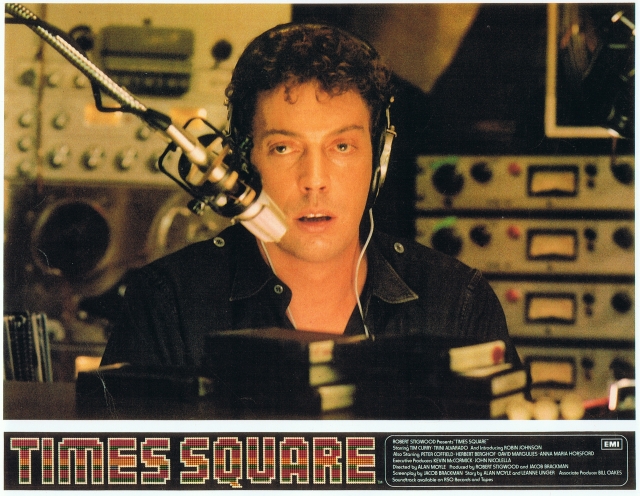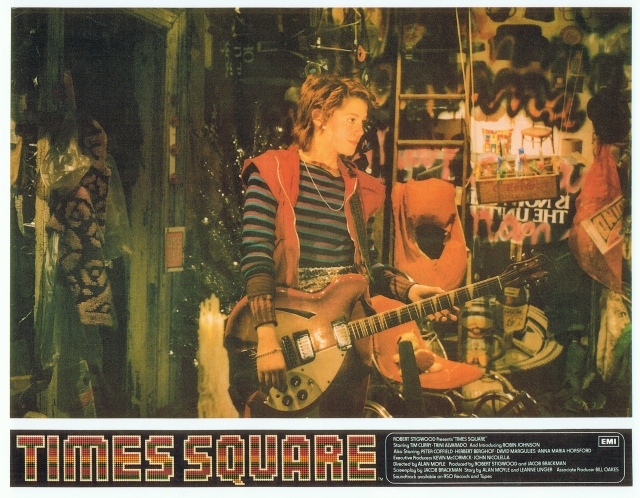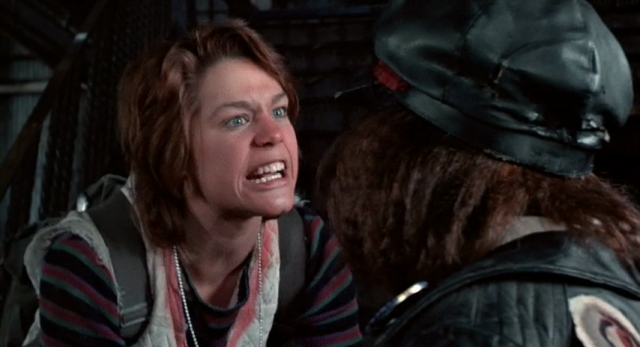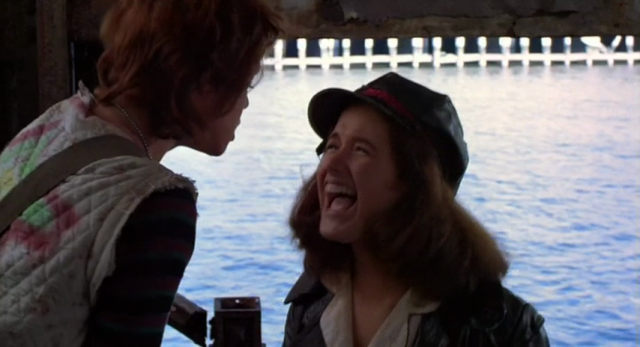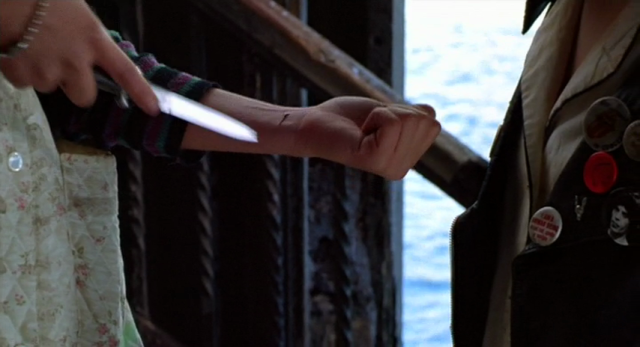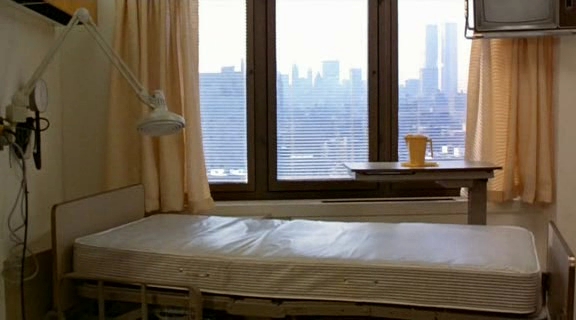I watch many Hollywood films from the nineteen-thirties, forties and fifties. One cultural moment that I find to be a recurring representational trope is the treatment of death. More specifically, I am referring to its aftermath: in mainstream films from these decades, the appropriate period of mourning after the death of someone very close — a spouse, a parent, a child — appears to be about a day.
I’m not going to give examples because for me it is too frequent to document its occurrence. Instead, I invite you to watch for this phenomena yourself, and to note the time-frame within which mourning, or the expression of significant grief, is allowed within the filmic narrative. After an initial scene of shock, and perhaps a funeral or funeral visitation, it is as if the representation or display of grief is too (narratively) cumbersome: the plot must continue.
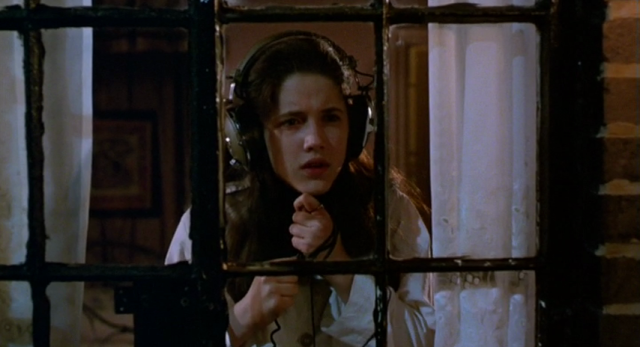
While Pamela Pearl (Trini Alvarado) and Nicky Marotta (Robin Johnson) are presented as a type of “odd couple,” especially in terms of issues such as class and its entailed presentations and life experiences, the characters have crucial and perhaps defining features in common. Each has a mother who is deceased and a father who is absent, either figuratively (for Pammy) or literally (for Nicky). Thus, Pammy and Nicky have each suffered loss due to maternal death and also emotional neglect, “Adverse Childhood Experiences” or elements of childhood trauma that are strongly predictive of lifelong health — and especially mental health — problems.
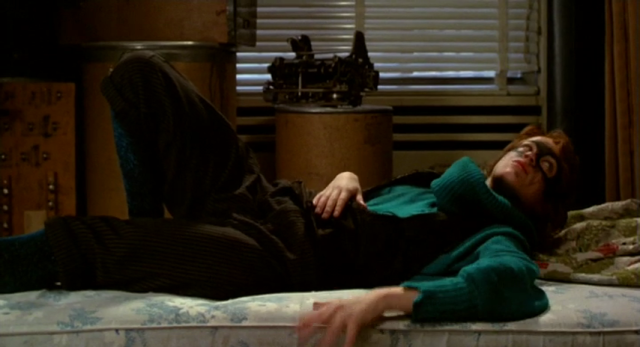
Are these the faces of trauma, of grief and loss that are allowed to remain in this narrative? In my next post, I will analyse mental illness in the filmic narrative of Times Square.
You know more people than I do:


